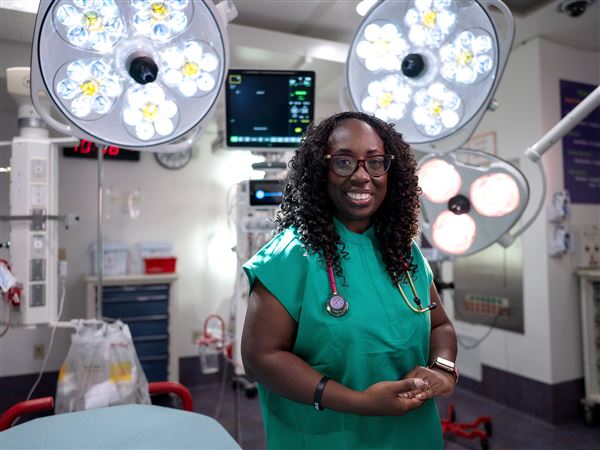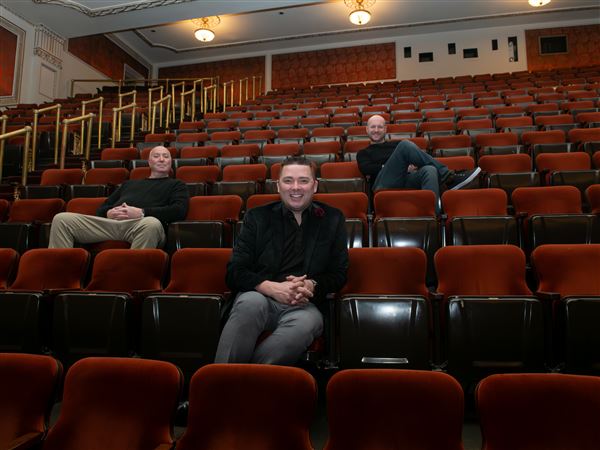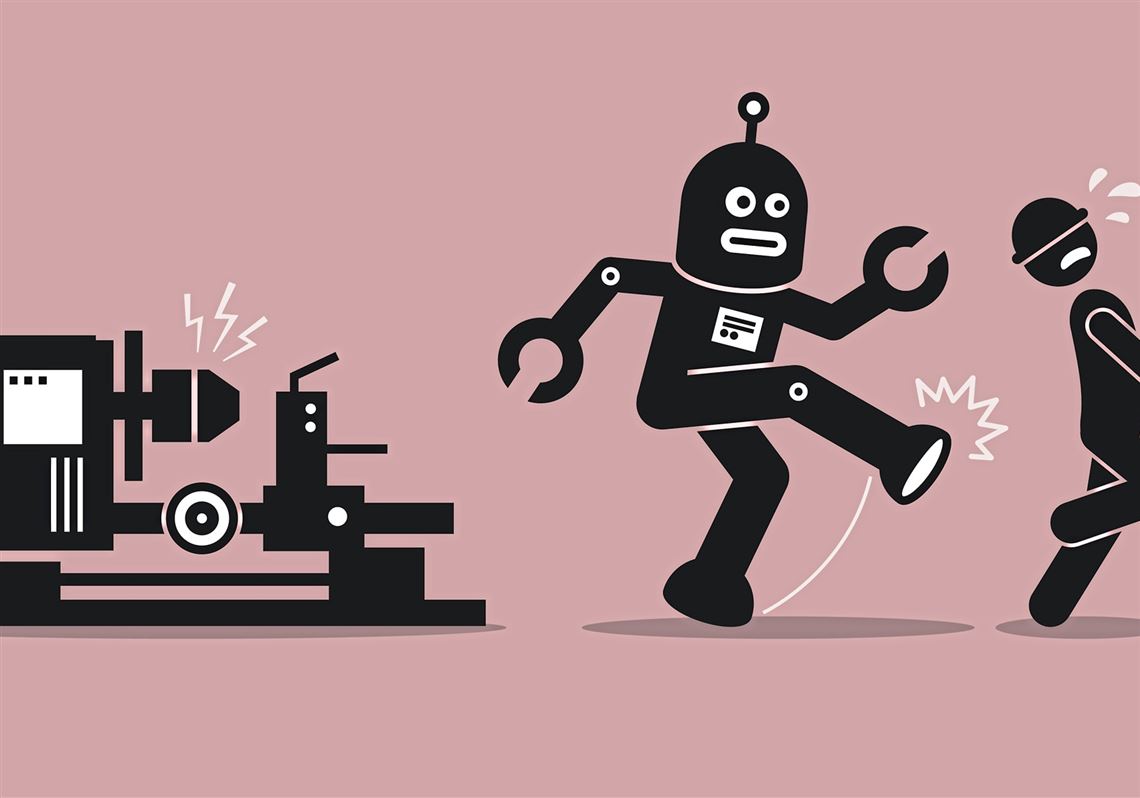Automation came for the secretarial pool as computer keyboards steadily replaced typewriters in the 1970s and 1980s. Yet today’s administrative assistants deal with email, scanners, webcasts and other types of technology.
That’s an observation from Iba Masood, who has a somewhat unpopular opinion among Americans — that advances in automation might lead to different kinds of jobs, not fewer jobs.
“I think people should be pragmatically viewing the problem,” said Ms. Masood, co-founder and CEO of automated talent acquisition company Tara.AI. She spoke during a Thrival Innovation Festival panel on artificial intelligence ethics and policy at the Kelly Strayhorn Theater in East Liberty last week.
“My view... is that the roles themselves will evolve. I do not think that there will be a prevalent eradication of a certain type of work,” she said.
But what some consider reasonable thinking is not necessarily reality, according to a new Pew Research study, “Automation in Everyday Life.”
The 4,135 U.S. citizens randomly selected for the May 2017 survey overwhelmingly indicated a sense of fear when it comes to automation.
The study found 72 percent of Americans very or somewhat worried about a future where robots and computers are capable of performing human jobs.
“They tended to gravitate toward the potential negative outcomes rather than the potential positive outcomes,” said Aaron Smith, lead author of the study. “They’re not blind to the potential benefits, but the ways these technologies could go awry are the things that tend to be at the top of mind.”
In the poll, respondents were presented with four future scenarios and asked to rate their level of unease.
Scenarios included the development of fully autonomous cars; a future where robots and computers can complete most human jobs; the possibility of fully robotic caregivers; and a future where a computer algorithm could independently control the hiring process.
There was a rather even response to self-driving cars — 40 percent of respondents felt positively and 54 percent were worried. There was a similar pattern with robot caregivers.
But a staggering 67 percent were worried about computer algorithms in hiring.
Mr. Smith said that points not only to an undercurrent of discomfort with technology that could replace human interactions, but a lack of understanding related to automation developments. This is a development that’s already a part of the employment process and has been for awhile.
“What this ultimately points to is the sense to which people are not aware just how much algorithms are at play in their day-to-day lives,” he said. “Algorithms are very heavily involved in lots of hiring decisions.”
Ms. Masood’s San Francisco-based company does exactly that — uses algorithms to screen potential employees.
Tara.AI, which employs 13 people, analyzes freelance software developers’ code repositories on Github, giving each a ranking depending on how well they might fit for a given company’s project.
Recruiters typically have bias, Ms. Masood said, but with her machine learning product, more women and veterans have been hired for freelance software gigs. She also noted that through the technology, freelancers from cities like Pensacola, Florida, are getting jobs at Fortune 500 companies where they may not have had access.
“When we build computing systems... I see them as a reflection of society,” she said. “I think its important for us to think about the next 10 to 50 years... and make sure the algorithms we build aren’t biased.”
There’s a real benefit to this type of automation, said Lee Branstetter, director for the Center of Future Work at Carnegie Mellon University.
“The fact that machines are out there processing all of these applications and making these decisions allows the price of the service to come down. It allows for more competition,” he said. “Still, people are uncomfortable with the idea of machines taking over human roles or making human decisions.”
Part of the challenge in getting people to accept a switch to automation is helping them understand the benefits as well as the costs, Mr. Branstetter said.
“When rural areas were first being electrified, farmers thought mysterious radiation would seep out of the power lines and contaminate their milk,” he said. “In time, people will get more used to it.”
Not everyone is spooked.
Those most excited about the future of technology tend to match the classic early adopter profile.
“In terms of basic demographics, the people who tend to be the most enthusiastic about these concepts ... tend to be men more than women, younger people more than older people, and people with higher education levels,” Mr. Smith said.
He said there is a notion that greater exposure to such technologies leads to individuals becoming increasingly comfortable with them. “For most people, it’s just not something that’s tangible to them,” Mr. Smith said.
“I think a big part of this story is just quite simply that for people who have not been impacted by this trend yet, it’s not something that feels real ... For people who have, there’s a very different bit of calculus at play.“
Courtney Linder: clinder@post-gazette.com or 412-263-1707. Twitter: @LinderPG.
First Published: October 5, 2017, 12:39 p.m.



















